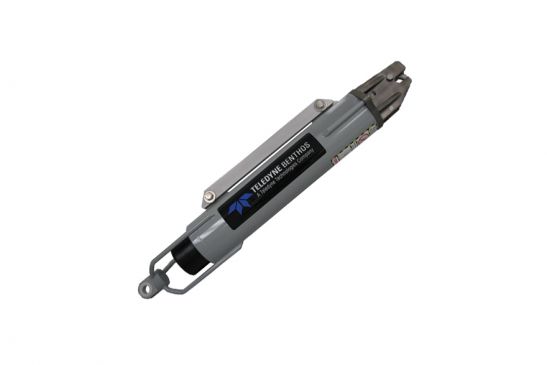Why Do You Need To Invest In A Launch And Recovery System?
You
absolutely must invest in a launch
and recovery system if you plan to use ROVs, data sensors,
lights, and cameras as part of your oceanographic survey. The launch
and recovery system, however, is just one part of a much larger
survey. Use the advice below to learn how to plan one of these big
operations. You are going across the ocean to collect data about the
world under the sea, and you must be prepared. Also, you must find a
company that can provide you with the equipment you need at a good
price.
What Exactly Is A Launch And Recovery System?
The
launch and recovery system is the winch and cable system that will
launch sensors and ROVs into the ocean. The winch has a cable that
can haul heavy items, and there might be a data cable attached to the
winch. The system should have enough power to hold onto these devices
while they are in the water, and the device should have enough power
to pull these items out of the water.
This
is very important because you have likely invested in lights and
cameras that are attached to a heavy ROV. You need to be able to keep
track of these machines when they are under the water, and you should
have the option to move the boat during your survey. The winch is
strong enough to allow you to keep moving when you have these items
in the water, and you can pull them out when you are done for the
day.
What Works With The Launch And Recovery System?
You
should rent an ROV that will hold your lights and cameras. These ROVs
can dive up to 6000 meters in most cases, and that makes it easy for
you to explore the deepest parts of the ocean. Keep in mind that the
Titanic sits only 3800 meters below the surface. You can go much
further than that, and you can get a winch with a cable that will
accommodate you. The launch and recovery system will hold your CTD
array, USL sensors, and acoustic
releases. You can lower these devices to different depths if
you need to, and you can lock the winch in place so that the sensors
will not move.
How Do You Install The Launch And Recovery System?
Unless
you have an expert on your team, you should let the rental company do
this for you. The rental company can bring the winch to your boat,
show you how to use the launch and recovery system, and retrieve the
system when your trip is over. You likely do not have the time or the
expertise to do this by yourself. However, you can decide where you
would like the system to sit.
You
can put the system on the back of the boat so that your gear slides
off the back. This is a popular way to manage your gear, but you may
not have a boat that allows for such a deployment. Instead, you could
have the winch attached to the side of the boat so that you watch
these items slide into the water.
Conclusion: Why Do You Need All This Equipment?
When
you are deploying acoustic releases, USL sensors, and CTD arrays, you
need a powerful winch that will work even on rough seas. You cannot
expect that the water will be placid just because you are trying to
do research. This is why you should consult with your rental company
before the voyage starts. The rental company can explain what you
need, how to use it, and give you a favorable rental contract.




Comments
Post a Comment